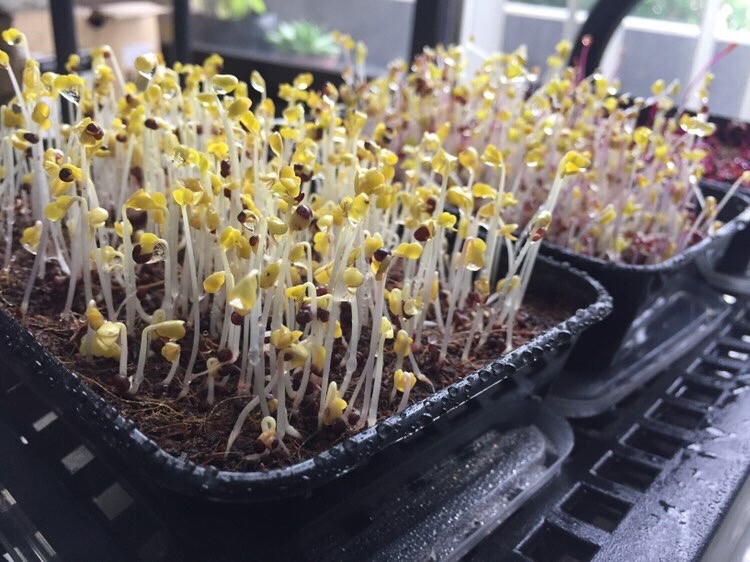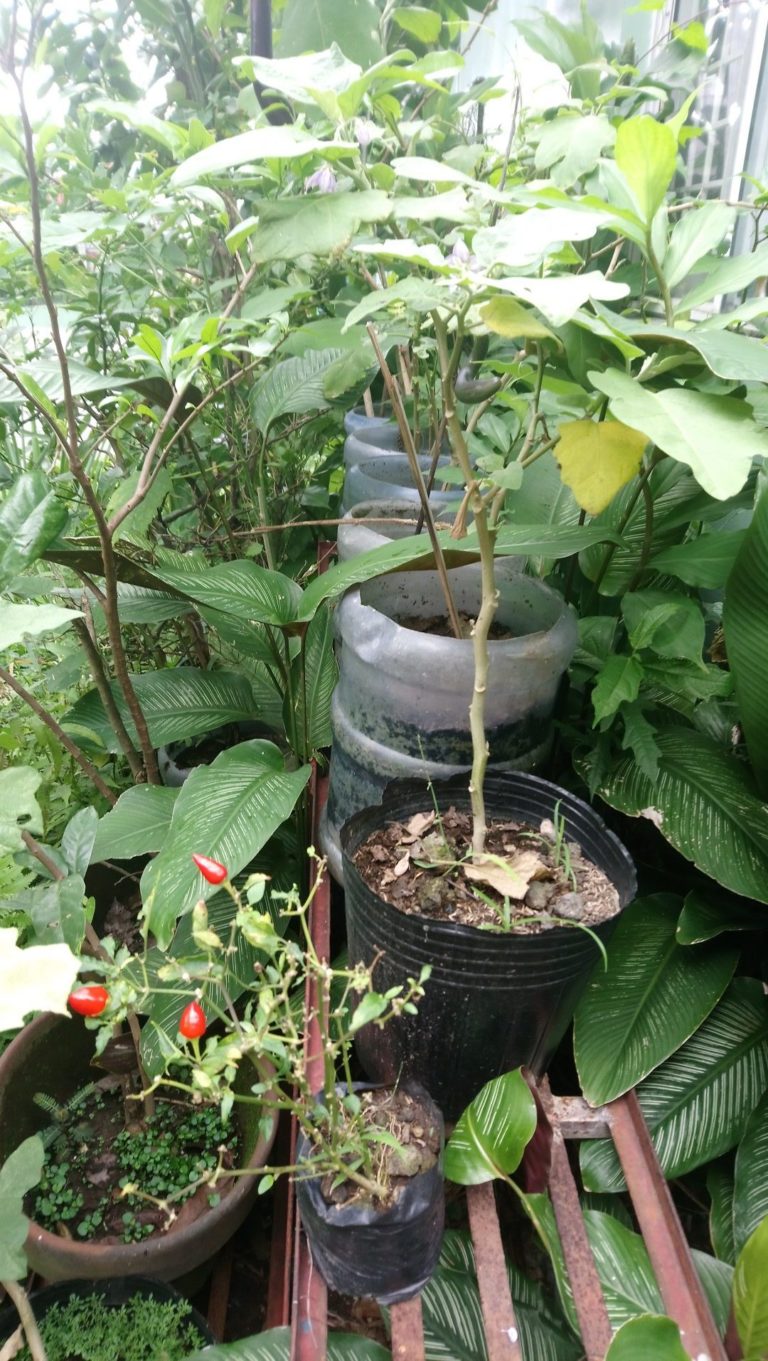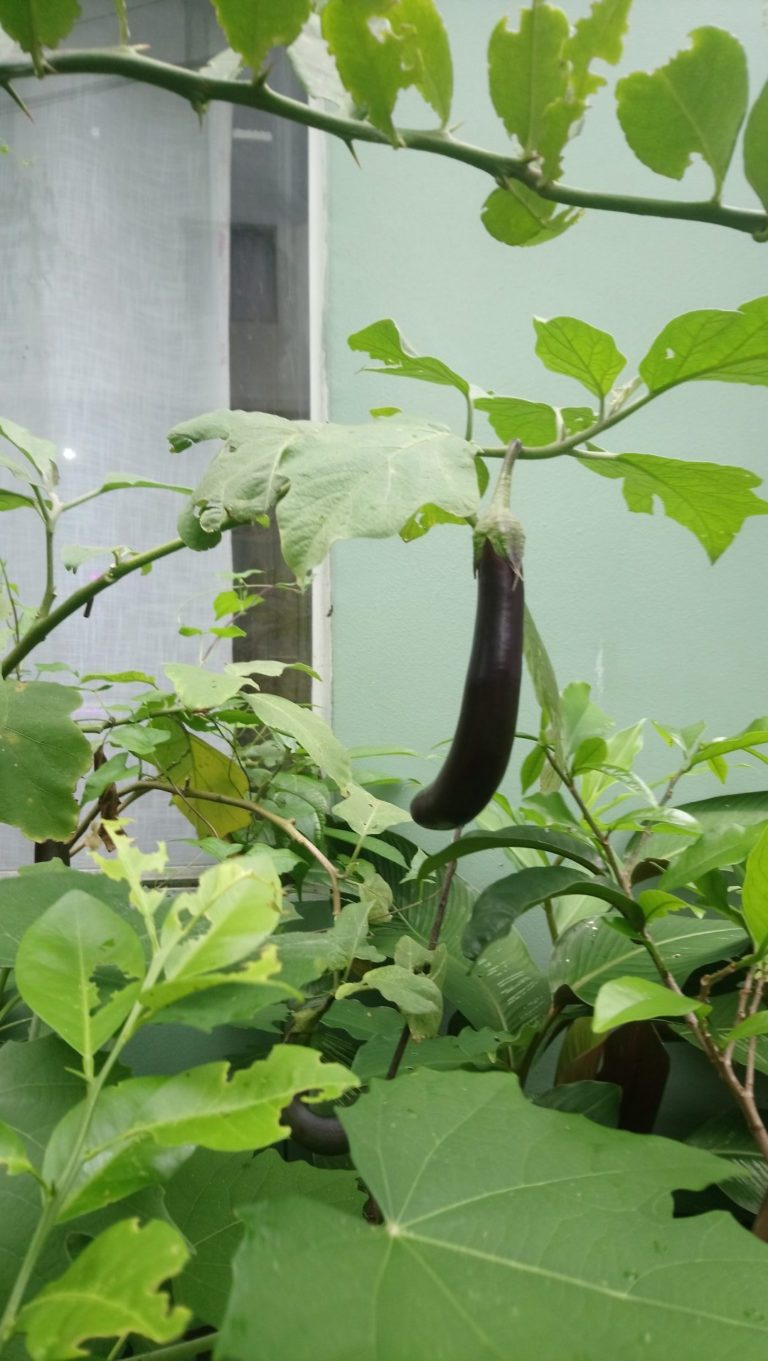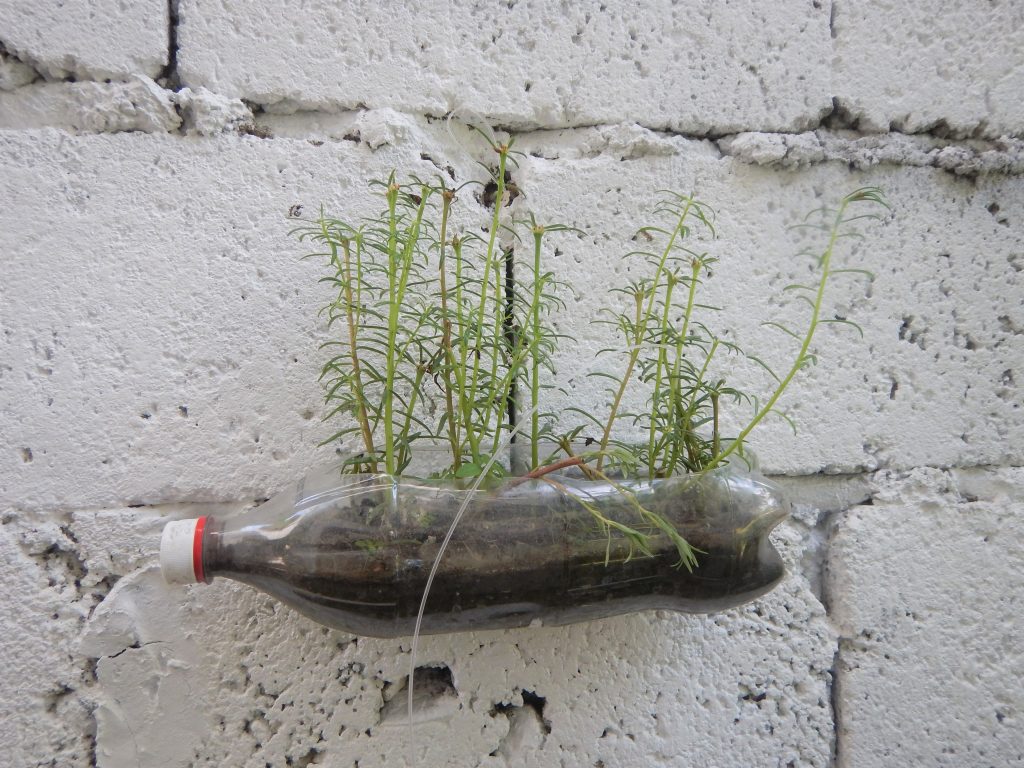We used to take the availability of food for granted. At least, for those of us who have can pay other people to produce, process and prepare food, restaurants, groceries and markets provided these needs. Then, all of a sudden, because of a teeny tiny unseen virus, our food procurement and consumption patterns drastically changed.
The COVID-19 pandemic has affected the lifestyles and diets of everyone, from the most remote communities to the big cities. In an effort to contain infection, governments around the globe restricted movement by shutting down schools, public events, offices and shops. Farm to market roads closed, food processing factory workers could not go to work, and restaurants stopped operations.
In cities, where we have been so used to “harvesting” our food from supermarket shelves or market stalls, food availability declined. Everybody needed to cook at home, and food supplies got scarce, especially at the beginning of the lockdown period. Fresh produce was difficult to source as farmers couldn’t bring their produce to the markets due to travel restrictions. Imported food was low in supply as COVID-19 disrupted global food distribution systems too.
Plant Therapy
With idle time on their hands, city dwellers suddenly took a keen interest in vegetable gardening and food self-sufficiency, whether they live in a house with a garden or a tiny condominium unit. They either felt the need to have a food source in their homes or needed a hobby to keep them sane, or both. Social media has been flooded with posts of home vegetable gardens and tips on growing food and composting in small spaces. Soil, seeds and seedlings became popular items in online shops.
“The idea of growing your own food makes me feel secure, regardless of what happens outside your house,” says Christian Banco, a sales executive who has started to grow micro-greens in pots in his fifth-floor apartment. He used to get his greens from the grocery, but had difficulties with availability of lettuce, kale and broccoli during the lockdown. “You are not at the mercy of what’s available. It’s cleaner, the quality is much better, and it’s more fulfilling.”
Charisse, a doctor living in Manila, has been growing fruit trees and medicinal ornamental plants in her house. During the lockdown, she increased her self-sufficiency and started growing vegetables as well since she feels it is best for her family to grow their own food: “I had more time to take care of the vegetables; they are cheap, safe and healthy, free from chemicals and pesticides.”
Eventually, some roads opened up and people found a way to create online markets for fresh produce. The fruits and vegetable delivery business has bloomed as many people prefer to stay at home and have their food delivered. Even indigenous communities near Manila diversified their produce and joined the online business too.
But what about those who live in remote areas, the upland dwellers whose farm produce doesn’t reach us at all, or who harvest forest food which we can’t even recognize?



